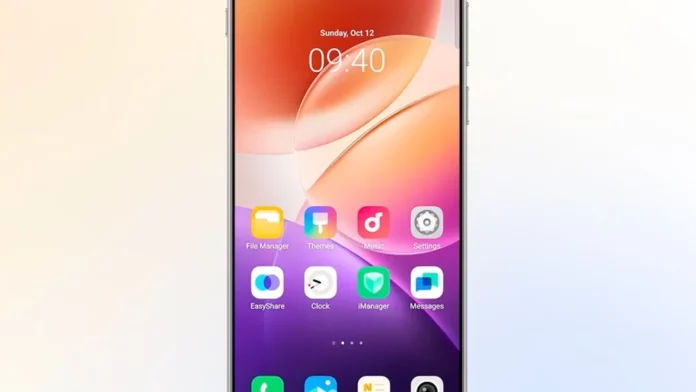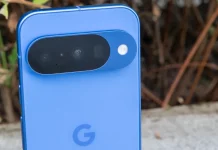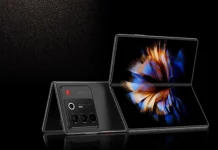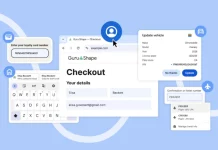Vivo Adopts Apple’s Liquid Glass Aesthetic, Redefining Android Design
When Apple unveiled its striking Liquid Glass aesthetic with iOS 26 earlier this summer, it set a new benchmark for minimalism, depth, and visual fluidity. The overhaul, with its translucent surfaces and smooth, water-like animations, captivated audiences worldwide. Now, Vivo has emerged as the first Android brand to embrace—and potentially expand upon—this design language.
With the launch of OriginOS 6, the Chinese smartphone giant presents an interface that, at first glance, could easily be mistaken for Apple’s latest OS. From translucent control panels to rounded, glass-reflective icons, Vivo’s new skin channels Liquid Glass to deliver an interface that feels as tactile as it looks.
Vivo’s Interpretation of Liquid Glass
At the heart of OriginOS 6 is a visual identity built around the light-through-glass concept that Apple popularized. Buttons, app folders, and notification panels appear to refract ambient light, creating a soft, shimmering effect. Squircle icons, glass-textured widgets, and dynamically animated wallpapers reinforce the depth, while the redesigned Control Center bears a striking resemblance to Apple’s iOS 26 layout.
Despite the similarities, Vivo insists its aesthetic comes from a different muse—water. Marketing materials describe the UI as “flowing like never before—no lags, no stutters, just effortless motion built for the way you move.” The brand’s emphasis on motion and seamless transitions suggests its ambition extends beyond replication.
Inspiration or Innovation?
While the parallels are clear, Vivo adds its own twists. One standout feature is spatial wallpapers that transition between 2D and 3D perspectives based on touch and movement. This echoes Apple’s Spatial Scenes, but Vivo’s execution feels more fluid and adaptive.
The speed of this adoption—arriving just months after Apple’s reveal—underscores how quickly design trends spread in today’s smartphone market. Transparency-driven UIs, once novel, are becoming a defining visual hallmark across platforms, further solidifying Apple’s role as a trendsetter.
What’s Next for Android?
Vivo’s move may spark a wave of Android skins embracing the Liquid Glass ethos. Competitors like OnePlus, Oppo, Xiaomi, and Motorola have a history of responding swiftly to design shifts. The most anticipated question is how Samsung will integrate—or sidestep—this style in One UI 9, set to debut next year.
If OriginOS 6 is a sign of things to come, the next chapter in smartphone design will focus on transparency, fluidity, and motion—a clear reflection of how Apple’s influence continues to ripple across the industry.




